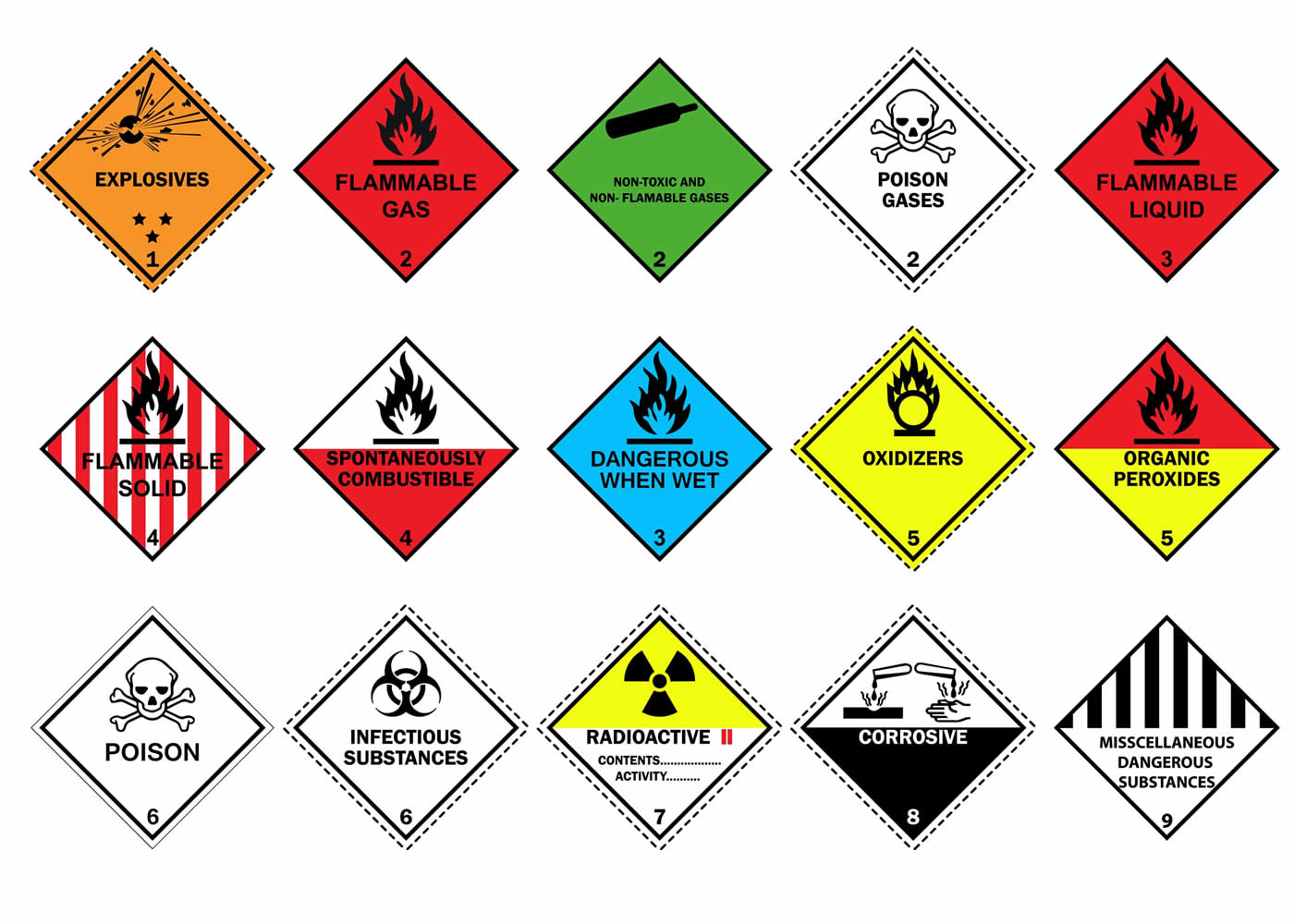Integrated Haz Mat Management May Not Adequately Address Risk

Based on our experience working with EHS&S managers across a variety of sectors, very few organizations have established a formal management system or program to ensure compliance and manage the business risk associated with the transportation of hazardous materials.
One of the most obvious reasons for this oversight is that an individual organization is not in the business of manufacturing, distributing, or shipping chemicals and does not appreciate the full scope of how hazardous materials are defined. Additionally, an organization may not be aware of the breadth of activities that may subject them to the HMR as an 'offeror of hazardous materials'. Did you know, for example, that certain types of batteries, waste materials, empty containers, gas cylinders, motorized vehicles, or medical waste are all considered hazardous?
Often times, the risk and responsibilities of DOT compliance are spread across a number of different departments within an organization. When it comes to waste materials, for example, environmental health and safety, and sustainability managers (EHS&S), or maintenance personnel may manage DOT compliance issues. Haz mat compliance associated with new products, on the other hand, might fall to logistics or product compliance. Similarly, the transportation or logistics departments may address product shipment activities, but may miss hazmat activities resulting from purchasing. And when responsibilities are spread through an organization, there is the potential for management of each of those departments to perceive their regulatory obligations as trivial, when the business' total compliance obligation could be fairly significant.
It has been our experience that when a company looks to address its hazmat compliance company-wide, EHS&S managers often are given the responsibility with limited resources and without additional training. Organizations can reduce their hazardous materials transportation liability by establishing and implementing a more formalized management system based on the plan-do-check-act methodology
How does your organization manage hazardous materials transportation? Does DOT compliance warrant more attention as part of your EHS&S program? How does your organization handle hazmats?
To learn more about how to develop a clear process for HazMat compliance, join WSP on April 7 for the NAEM webinar on "Managing the Risk Of Hazardous Materials Compliance".
Topics:
Compliance Excellence
Related
About the Author

Brooke Dillon
Ramboll
Brooke Dillon is a versatile environmental and environmental, social and governance (ESG) consultant with 25 years of experience supporting industrial, financial and commercial clients to identify and manage ESG-related risks and opportunities, comply with environmental, health and safety (EHS) regulatory requirements, reduce their environmental impact, and drive continuous improvement. She provides environmental management system and compliance support to corporate and industrial clients. She also works with corporate, financial and legal clients to help them understand ESG risks and opportunities in M&A transactions and implement strategies for value creation post-closure. Brooke also serves as a key account manager for a variety of commercial, industrial and financial clients.
Her academic background includes undergraduate work in chemistry (organic chemistry and biochemistry) and graduate work in environmental regulatory policy, hydrogeology and contaminant fate and transport.
Her academic background includes undergraduate work in chemistry (organic chemistry and biochemistry) and graduate work in environmental regulatory policy, hydrogeology and contaminant fate and transport.

